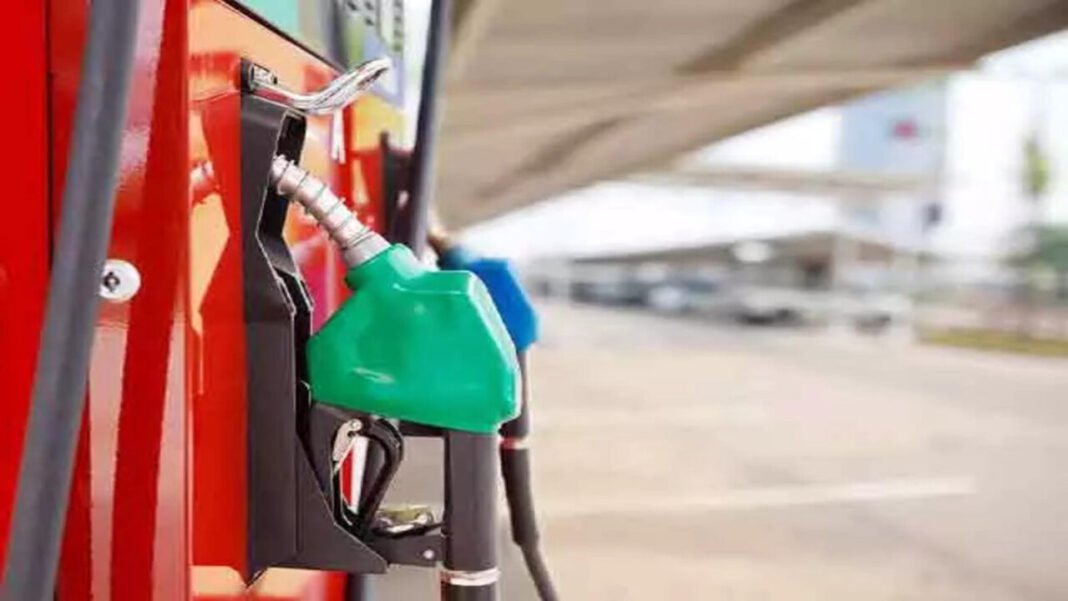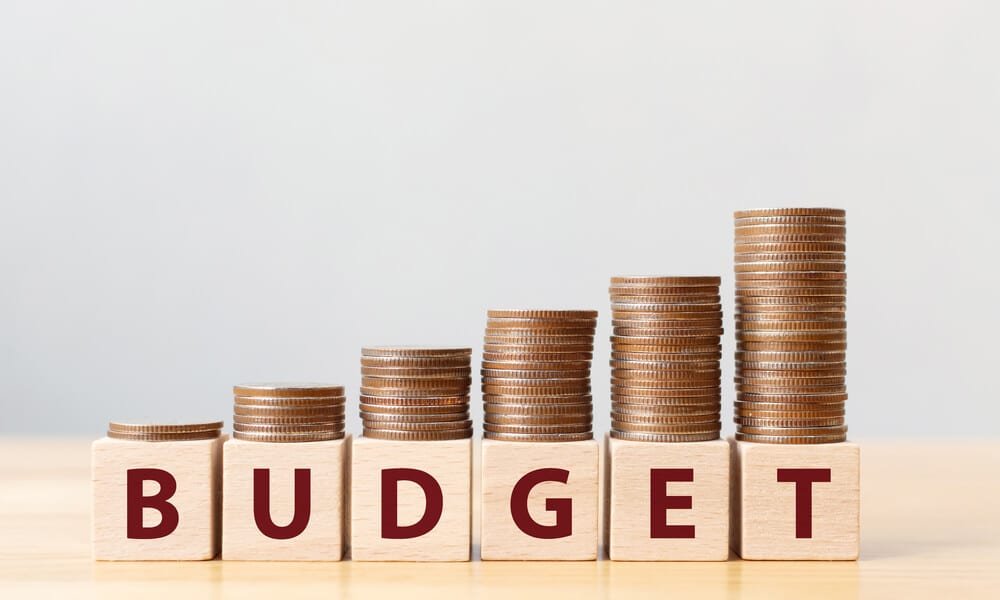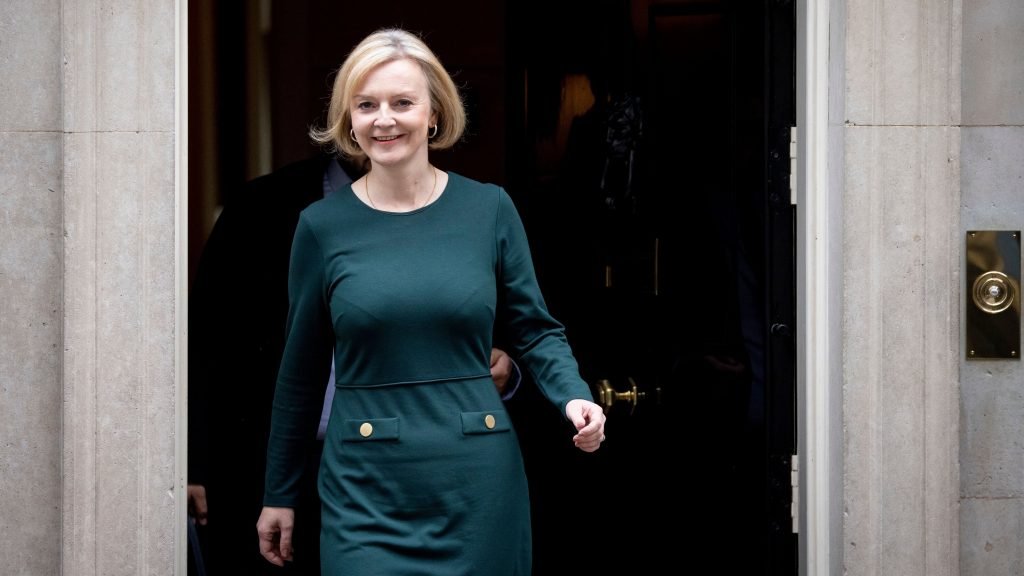By: K R Sudhaman
The Narendra Modi government may be elated at the ever increasing GST collections in recent months with the revival of the economy. A record GST collections of Rs 1.42 lakh crore in March this year is good and it also indicates that more and more industries and traders are getting into the tax net besides gradual shrinking of grey market and tax evasion by business.
This also reflects of the fact that more and more of the economy is getting formalized and opportunity for evasion decreasing. Though implementation of GST in the initial stages was faulty and tardy, it is now gaining momentum which augurs well for the economy.
Bringing Diesel and petrol into GST net will do a lot of good in reducing the fuel prices provided government abolishes various cess, whose revenue is not shared with states and only goes to the central tax kitty. Shedding various cess on fuel will enable the central government to push through this idea in the GST council with more states supporting. This has however to be worked upon in GST council.
At the moment both centre and states bleed the common man, poor and middle class by collecting whopping Rs 6 lakh crore from petrol, diesel and other fuel oil taxes by way excise and state VAT. This is not sustainable besides being inflationary. Both centre and states may be happy it is easy and lazy way of collecting huge taxes from one commodity. Liquor and tobacco, called sin goods, are the few other items, which are exploited year after year to mop up huge revenue at the cost of common man. Irrespective of high taxes alcoholics and tobacco users do not reduce their consumption of liquor and tobacco despite being injurious to health because they being addictive in nature. The high taxes too in a way ruin these poor families. High taxes do not deter them from their consumption but instead these families have less income for other necessities. This is a dilemma and a paradoxical situation as high taxes hardly fulfills the social responsibility. Prohibition does not work as it is difficult to implement and hence it leads to more tax evasion and malpractices. So instead both central and state governments are happy to collect more revenue from just one source though detrimental to social well-being and health of the people.
Be that as it may there is another serious issue which needed to be pondered over that is balancing the proportion of direct taxes and indirect tax collections. It is a known fact indirect taxes are considered regressive and direct taxes progressive. As per OECD recommendations, ideally every country should collected 60 per cent of their tax revenue from direct taxes and 40 per cent from indirect taxes. In case of India, the best case scenario was achieved during UPA government when it collected close to 55 per cent of tax revenue from direct taxes and 45 per cent from indirect taxes. Lately with GST, high excise duty on petrol, diesel, ATF, LPG and so on besides high taxes on alcohol and tobacco, central government gets 55 per cent of its revenue from indirect taxes and around 45 per cent from direct taxes. This has put the government in bind in achieving OECD targets.
Indirect taxes are considered regressive because it does not differentiate between rich and poor. For example a steep hike in indirect taxes of fuel affect poor and the middle class most as compared to the rich. To cite an example, a person earning Rs 5000 may be spending Rs 500 on fuel, which accounts for 10 per cent of his income. A person earning Rs 50000 may be spending Rs 3000 on fuel, which may account for six per cent of income. Likewise a person with Rs 5 lakh income may be spending Rs 5000 which accounts from one per cent of his income and a person with Rs 50 lakh income may be spending 10,000 to 12,000 on fuel for his personal vehicle, which forms just half a per cent of his income. Proportionately the incidence of tax decreases. In other words, it rewards the rich much more than the poor. In reality the rich should pay more proportion of their income as taxes and the poor less and that does not happen in the case of indirect taxes.
While in the case of direct taxes, there is a slab system and higher the income, higher the taxes. So also corporate taxes. Unfortunately in India corporate taxes have been reduced substantially to enable companies have more of their profits with them to increase their investments. But in reality last several years, corporates have not been investing due to excess capacity across the board in all industries. As a result the companies have higher earnings because of less taxes and this is given by of higher dividends putting more money in the hands of rich for buying more luxury items. Due to higher demand from luxury items, the manufacturing too become lopsided. As it is only six crore of the 140 crore population pay direct taxes by way of income tax and industrialists forming very small percentage pay corporate tax. Rich farmers do not pay tax on their farm produce as agriculture income is exempt from tax. One failed to understand why should their not be agriculture income tax with a threshold limit just as in the case of personal income tax so that poor and marginal farmers do not pay agriculture income tax. This will not only make rich farmers pay tax but also bring about equity in the tax system. But rich farmers lobby is strong because many of them are politicians as well.
While it is welcome that GST has helped in gradually reducing tax evasion by business community, the idea of not widening direct tax net and giving huge concessions to industries by way of relief, exemptions and lower corporate taxes are not appropriate for having balanced tax structure with fair proportion of direct and indirect taxes. In advanced economies get much more revenue from direct taxes and a large section of the population pay direct taxes. Hence they also have good social safety net, which is lacking for majority of the population in India. This also helps in keeping the tax rates lower with the tax net widening without impinging upon higher revenue. GST is a good indirect tax but the rates have to be lower and the attempt should be to move towards single rate for easy administration. Corporates should also be made to pay more by eliminating various exemptions they get so that rich contribute more to the tax kitty.
Tamil Nadu finance minister P T R Thiaga Rajan has been vociferously advocating the need to reverse the topsy-turvy tax system in the country. One only hopes the debate to bring about an appropriate mix of direct and indirect tax collections gather momentum so as to ensure poor and middle class pay less percentage of their actual income as taxes. It is also time to look at taxing agriculture income. Besides equity in tax structure it will also help in plugging tax evasion. (IPA Service)







